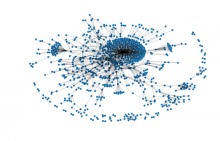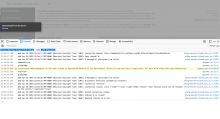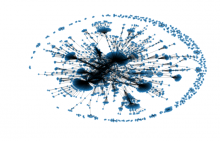Wikidata has over 3000 properties representing external identifiers. They link our concepts with concepts in other projects/databases/catalogs/... We'd like to better understand and visualize how we are connected to the rest of the world.
Some interesting questions to look into:
- How much do our external identifiers overlap?
- How many statements are there for them? How about combinations of external identifiers on the same item?
- What topic areas do they represent?
- What type of resource do they link to?
Something to take inspiration from:




